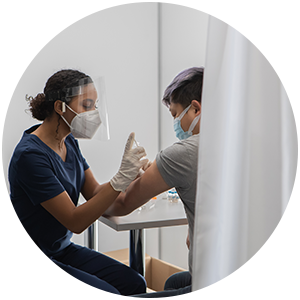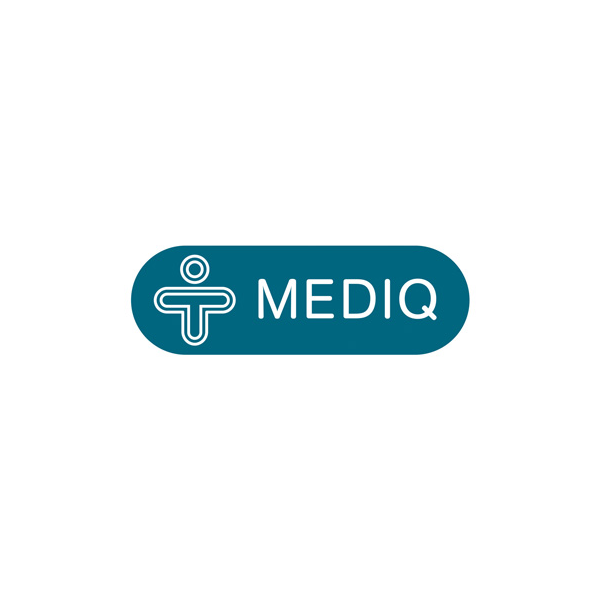

What type of Healthcare organization is looking for e-Learning solutions?
From hospitals and first aid training providers to residential care groups and drug and device suppliers.
What is the target audience for learning within these Healthcare organizations?
A healthcare organization not only employs medical staff such as doctors, assistants and nurses but there are also, for example, technical staff, IT staff, order pickers, security guards, and receptionists at work.

At Mediq, they have been focusing on digitization for the dissemination of knowledge and information for several years. In addition to the offerings for their employees, they also reach patients and other healthcare professionals with e-Learning.
For example, Mediq uses digital tools to promote self-regulation among patients. Self-regulation results in fewer care visits, greater independence, and more knowledge about a particular medical condition.
Curious how they go about this? Read the customer case.
With FLOWSPARKS you can easily and quickly develop e-Learning in more than 30 languages. The didactic Learning Formats and templates make it possible for healthcare professionals to digitize their knowledge. This shortens the lead time for developing new modules, everything looks graphically perfect and the information is always accurate. So you achieve more in less time. See here how you can save up to 90% of your time when creating e-Learning.
Learning is not just about knowledge transfer. For a change in practice, you will also need to train skills and attitudes. The FLOWSPARKS authoring tool offers a wide choice of exercises and templates, each with a different learning goal in mind. By using this diversity in your learning program, you ensure that you achieve the desired situation in practice. Also, the digital training courses can be used to prepare for practical sessions
Create customized programs for individuals or certain job profiles. By giving modules deadlines and setting up blended learning programs, you have the flexibility you are looking for. The reports in the LMS give you insight into individual and group results. This makes you compliant and allows you to meet the demands of health insurances and other agencies. In addition, the reports also provide insights for managers or, for example, the HR department of your organization.
Of course, many digital modules already exist on the topics covered within healthcare. Therefore, combine self-developed content with existing content from external providers into one complete program. This saves time!
How easy would it be if you could use one module as a basis for other modules? With minor adjustments, a module can also be used immediately for other levels or job profiles. Think of an e-Learning module about privacy and patient data that, with minimal adjustments, is suitable for a doctor as well as a receptionist or cleaner.
Give patients access to specific e-Learning modules or choose to digitize brochures into online magazines. This is not only sustainable but also ensures that updates are always visible in real-time and you can easily make adjustments yourself.